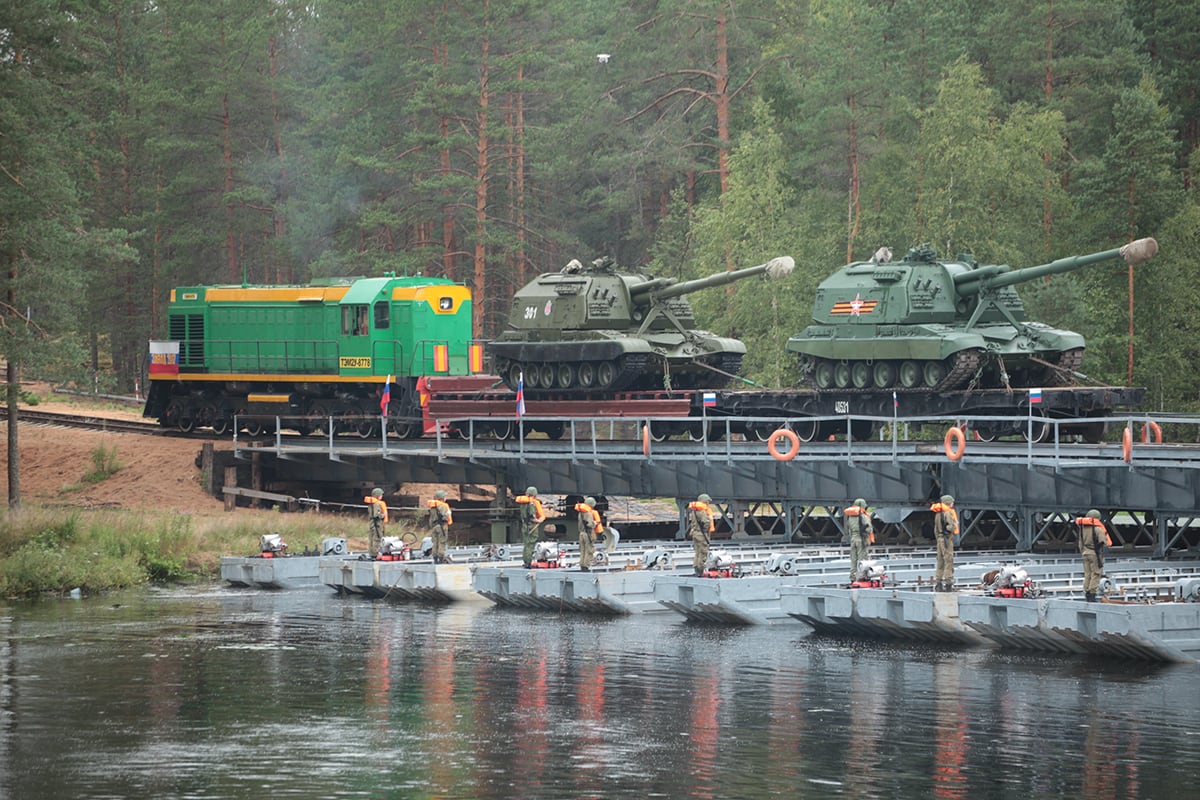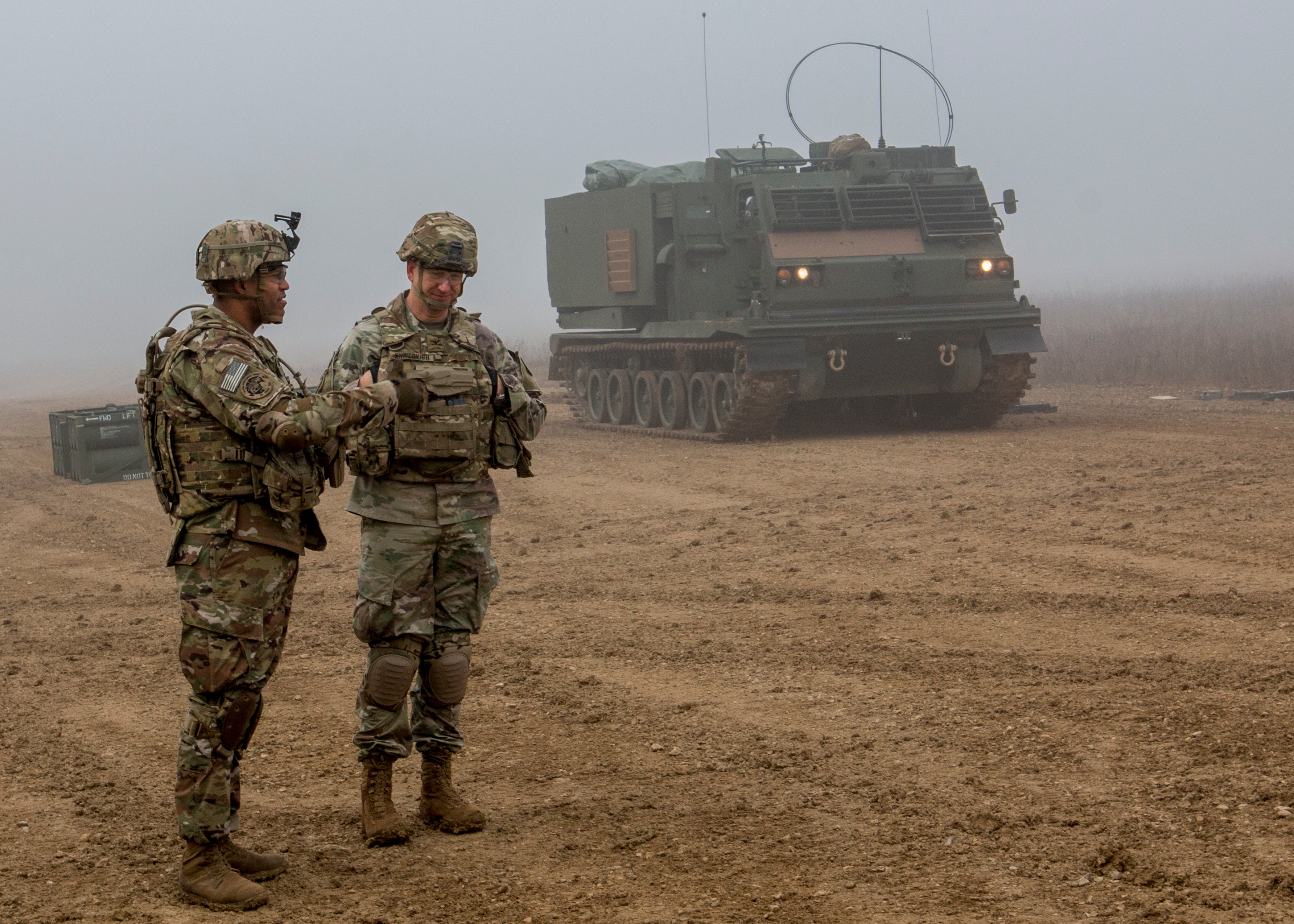Army leaders have been hammering away at improving and reintroducing long-range precision fires in recent years, but until this week, a European-based unit hadn’t carried out a live fire exercise in the space since 2006.
That changed on Monday, however, when the 1st Battalion, 6th Field Artillery Regiment of the 41st Field Artillery Brigade conducted its first live-fire at Grafenwoehr, Germany. The battalion launched missiles from the M270A1 Multiple Launch Rocket System.
“It is a key milestone in our readiness that indicates that we can now transition to a more collective training with our partners and allies,” said Lt. Col. Angel Llompart, battalion commander, said in an Army statement.
Preparations for live fire began once unit members and equipment began arriving last fall.
RELATED

“This live fire isn't just a crew certification,” said Battalion Command Sgt. Maj. David Cecil. “It allows soldiers to demonstrate their ability to provide long-range precision fires within the European theater.”
The MLRS has a crew of three in a highly-mobile platform that can fire as many as 12 rockets in under a minute. It can deliver short-range fires in the 30 to 50 km range from smaller projectiles to anti-tank mines. When outfitted with the Army guided missiles, it can reach ranges of 140 to 300 kilometers, according to manufacturer Lockheed Martin.
Rotational units have done live fires in Europe, but a drawdown of European-based forces in recent decades led to fewer fires-focused units on the continent.
In 2016, the Army announced nine-month deployments for an armored brigade combat team for training primarily with Eastern European allies, specifically in Poland, Romania and the Baltics.

Then, in late 2017, the service pushed up-gunned, 30mm cannon, Stryker Infantry Carrier Vehicle-Dragoon to the Germany-based 2nd Cavalry Regiment along with the Common Remotely Operated Weapon Station that fires the Javelin missile, or CROWS-J.
Those systems began fielding in August 2018 and continue this year, according to a previous Army announcement.
Over the past two years, the Army began building the headquarters, staffing and equipping more Europe-based units such as the 1st Battalion, 6th Field Artillery Regiment, one of two Multiple Launch Rocket Systems battalions along with supporting units at Grafenwoehr.
A short-range air defense battalion at Ansbach, Germany, and supporting units at Hohenfels and Baumholder, Germany, were also assigned to the area.
About half of the stock of the Army’s newest tracked vehicle, the Armored Multi-Purpose Vehicle, or AMPV, are slated for Europe, officials told Army Times.
The Army’s budget called for buying 131 this year, keeping half stateside and sending the other half to Europe. Those vehicles will help build up the armor capabilities of U.S. forces to counter Russian ground combat and missile forces.
Once the AMPV is fully fielded over the next five years, it will make up about one-third of all Army armor formations, replacing the Armored Personnel Vehicle and taking over five mission roles that the Bradley Infantry Fighting Vehicle now serves.
The article has been corrected to reflect that the last long range precision fires live fire for a European-based U.S. Army unit took place in 2006. Previous information was provided by the Army and then updated when the error was discovered.
Todd South has written about crime, courts, government and the military for multiple publications since 2004 and was named a 2014 Pulitzer finalist for a co-written project on witness intimidation. Todd is a Marine veteran of the Iraq War.





